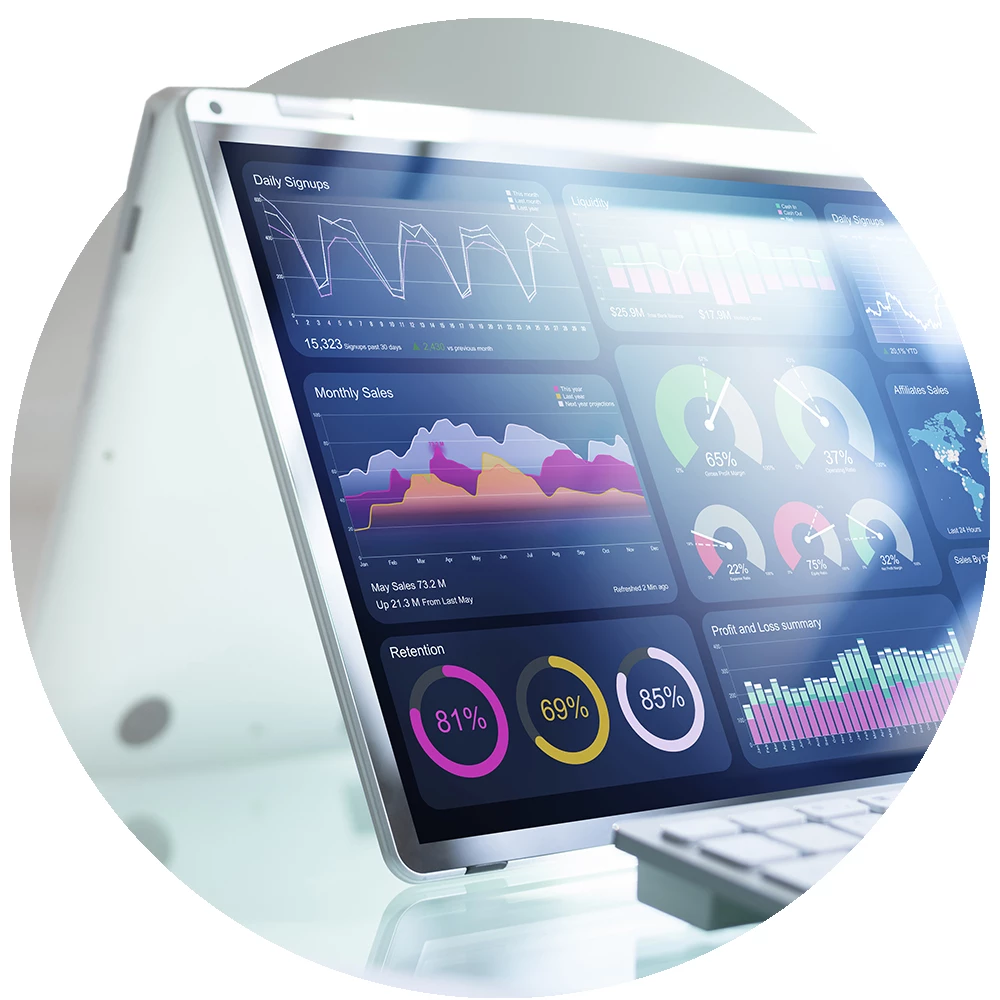You’ve probably realised that when it comes to employee data; paper forms, file folders, and filing cabinets no longer cut it. Gone are the days of repetitive manual data entry and complicated spreadsheets.
The last year has added several complexities for businesses to consider in terms of HR, and a great way to navigate these successfully is to look at how you can streamline processes.
What is an HRIS?
Let’s get back to basics. An HRIS provides a centralised database that stores everything from applicant tracking functions, onboarding, employee demographics, time-tracking, and so much more. It’s a central hub for your employee data with up-to-date information on your organisations hiring trends and employee retention.
Many businesses find that the efficient execution of basic HR processes is their greatest challenge. An effective HRIS can produce significant gains in productivity, and decreased costs from your people operations team. This can be achieved by performing the following:
- Streamlining onboarding
- Centralising employee demographics
- Retention and succession planning
- Time-tracking, leave management, and scheduling
- Payroll and benefits administration
- Data analytics for in-depth reporting
- Employee self-service options
- Org charts
When all these capabilities become automated, it creates the following benefits:
- Increased productivity: With tools like Sapling, time and attendance tracking, holiday requests, and accruals, workflow can be quickly entered. You can empower employees by allowing them to update their contact information, benefits choices, or time-off requests directly in their portal. By automating recurring tasks, reducing manual processing errors, and improving data accuracy, you’ll find productivity grows significantly.
- Improved efficiency: Your HRIS will simplify how you track, update, and report employee data. Most HRIS solutions even allow for the uploading of hard copy forms to PDF images within the employee’s digital file and allow employees to upload electronic signatures on their important documents. You’ll be surprised at just how easy it is.
- Informed decision making: By streamlining productivity, you will enable HR to do more strategic work that will improve the business. “HR focuses on maximising employee lifetime value, wellbeing, productivity, and most importantly, driving the organisation forward. HRIS reports can be easily created and shared with managers and execs to help them make more informed decisions.
- Boost employee satisfaction: A well-managed HRIS will give your people a better experience. User-friendly portals allow employees to navigate their own benefit choices, review, and update information, easily request time off and receive approval, plus they can also learn about their company culture. This undoubtedly reduces calls and visits to the HR office, increases their sense of empowerment, and reduces the frustration of wait times. It also plays a vital role in making your onboarding process stress-free for new hires.
When is it time to invest in an HR platform for your business?
Here are a few signs that the time to take your HR department to the next level – is now!
- You’re finding it difficult to recruit the best candidates – all organisations are competing for talent. Currently, applicants are interviewing for multiple companies at once. Time is critical when dealing with potential candidates. Using an outdated system can drag things out and you’ll risk the best candidates being taken by more efficient companies.
- None of your systems are integrated – In a multitasking environment there are various processes, and each require a specific solution. With onboarding a new employee, HR will need an Applicant Tracking System and solutions for induction, payroll, benefits, training support, and more. If your current systems don’t sync with one another, it’s time for a new HR platform that will manage everything seamlessly.
- Spreadsheets are getting too confusing – You’d be surprised by how many HR professionals get into the habit of using spreadsheets for everything. A YouGov report found that spreadsheet data is in risk of data breaches, but over time it also becomes more complex and outdated. With a good HR platform, you don’t need to worry about that, it can accept data imports and maintain records for ongoing tracking of nearly all employee data.
- There is a need for custom reporting – So much of what human resource does today is data-driven. Why work with systems that include outdated or clunky reporting systems? A new HR platform will provide all the custom reporting required, whilst keeping things streamlined.
- Tasks are getting duplicated – There’s nothing quite as unproductive and annoying as having to repeatedly perform the same tasks, using multiple systems. Too often HR professionals and managers find themselves having to repeat similar tasks, as well as completing manual transfers of data from one system to another. This is inefficient and a clear sign that you need a new HR platform.
The right HRIS will allow your HR team to work smarter and save time. It’ll empower them to provide strategic guidance to your company’s decision-makers. By having an HRIS like Sapling, you will be able to address your company’s current needs, planned growth and future business objectives.
Speak to one of our experts today to find out exactly how Sapling can help and support your business’s success and growth.
A simple solution that can make dramatic improvements.
Written by Claire Moloney Claire is an enthusiastic and meticulous content writer whose passion is to support growth and continual learning for everyone.


